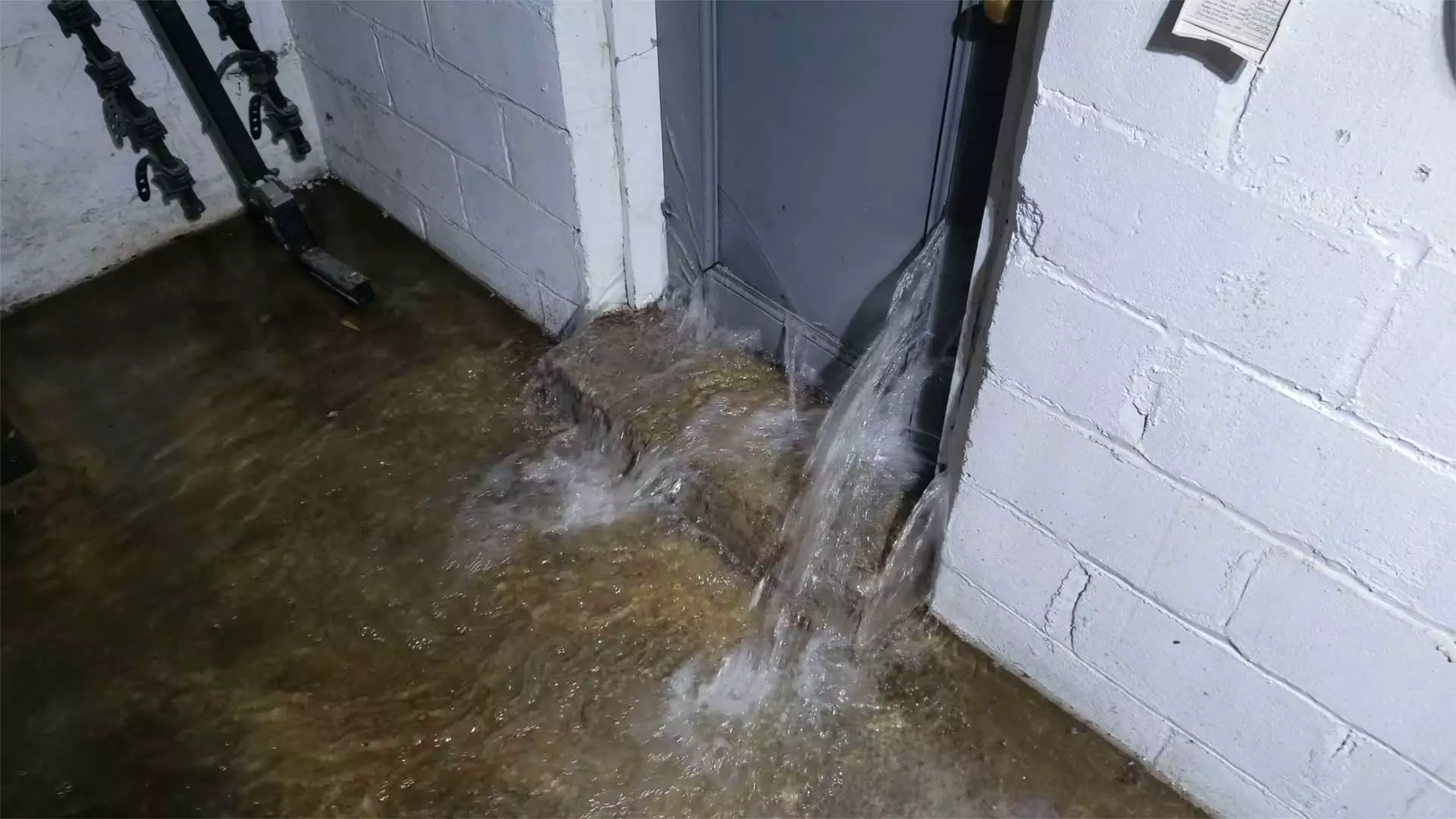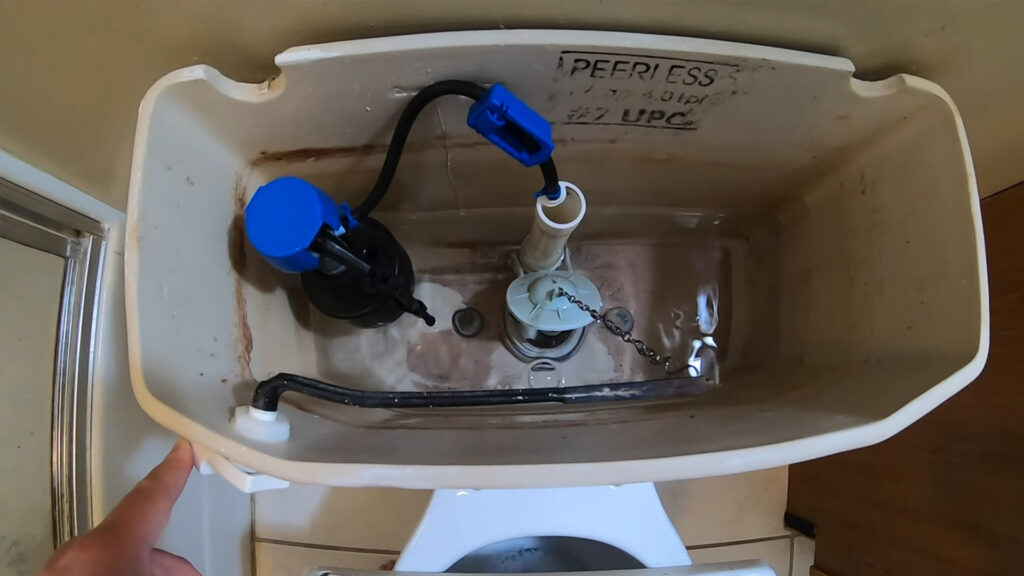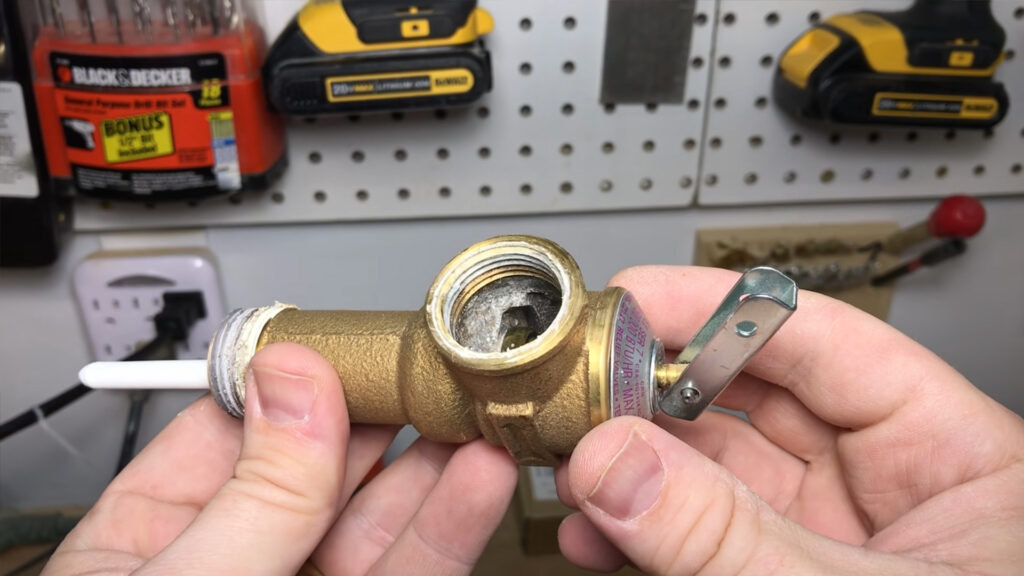Dealing with a flooded basement can be overwhelming, but taking immediate action can help mitigate damage. At Philly Damage Restoration, we understand the urgency of these situations and offer this guide to help you navigate the initial steps for handling basement flooding.
Immediate Steps to Take
If your basement is flooding, start by turning off electricity to the area to prevent electrical hazards. Use buckets or a shop vac to remove water if the flooding is manageable. If the water level is more than a foot deep, consider using a submersible pump. Most importantly, do not enter flooded areas if the power is still on, as this can pose serious risks.
Preventing Further Damage
Move valuables and furniture off the floor to prevent water damage. If the floodwater has reached the walls, removing wet drywall will help the structural elements dry faster and reduce the risk of mold. For severe flooding, contact a professional restoration service like Philly Damage Restoration to handle the clean-up and prevent long-term issues.
Addressing the Cause
Examine the outside of your house to identify the source of the water. This could be due to poor drainage, clogged gutters, or a broken downspout directing water towards your foundation. Make necessary repairs or adjustments to prevent future flooding, such as fixing gutters, improving yard grading, or installing a drainage system like a French drain.
Long-Term Solutions
Consider installing a sump pump if your basement is prone to flooding. This will help manage water levels and direct water away from your home’s foundation. Additionally, sealing cracks in the foundation and using waterproofing measures can provide further protection against water intrusion.
When to Call Professionals
If the situation is beyond your ability to control or if there is significant damage, it’s important to call in professionals. Philly Damage Restoration specializes in efficiently handling flood situations, offering services such as water removal, drying, mold remediation, and foundation sealing.
Maintaining Safety and Health
After a flood, run dehumidifiers and fans to dry out the affected areas thoroughly. This reduces the risk of mold growth, which can have health implications. Ensure that the space is properly ventilated during the cleaning process.







